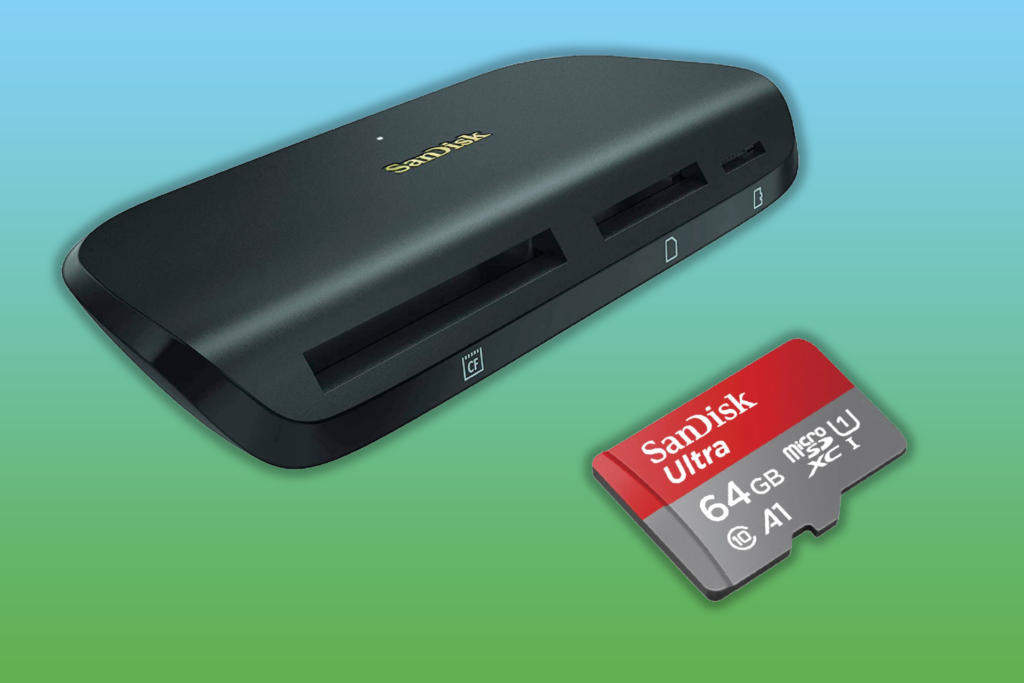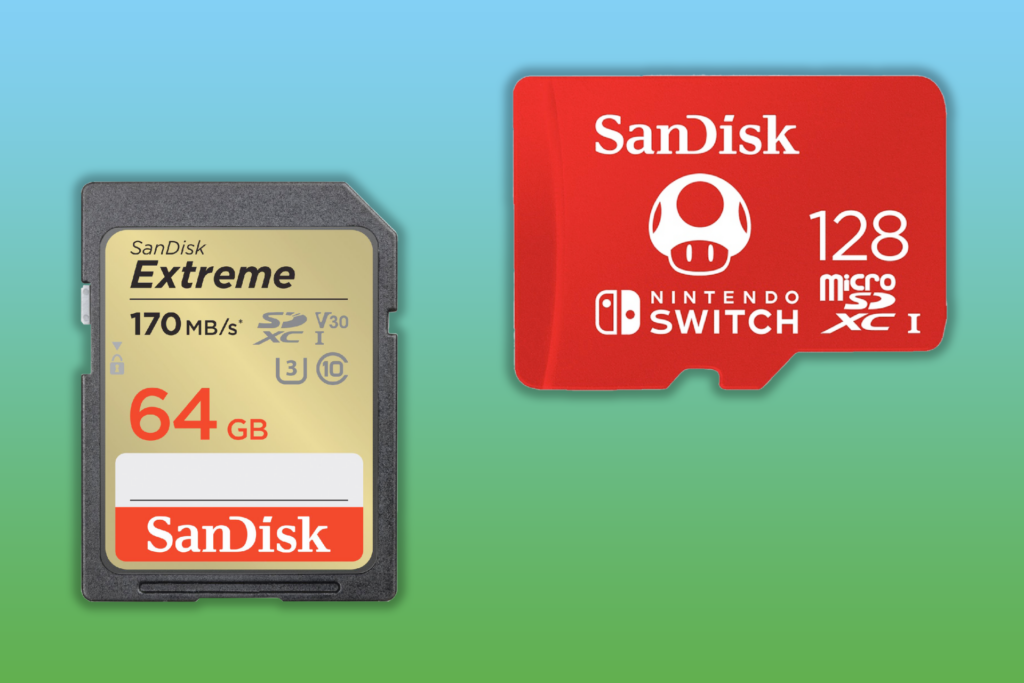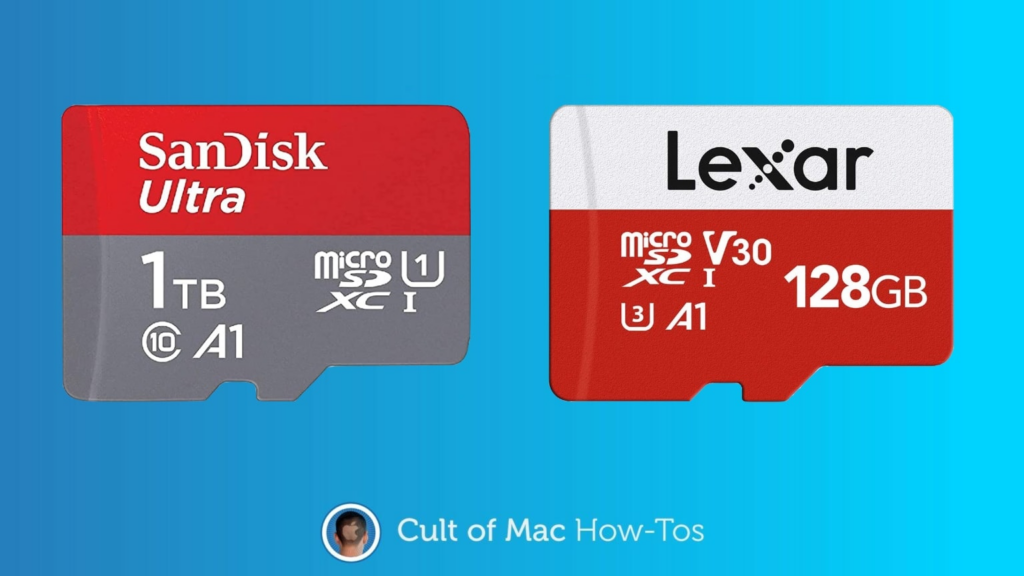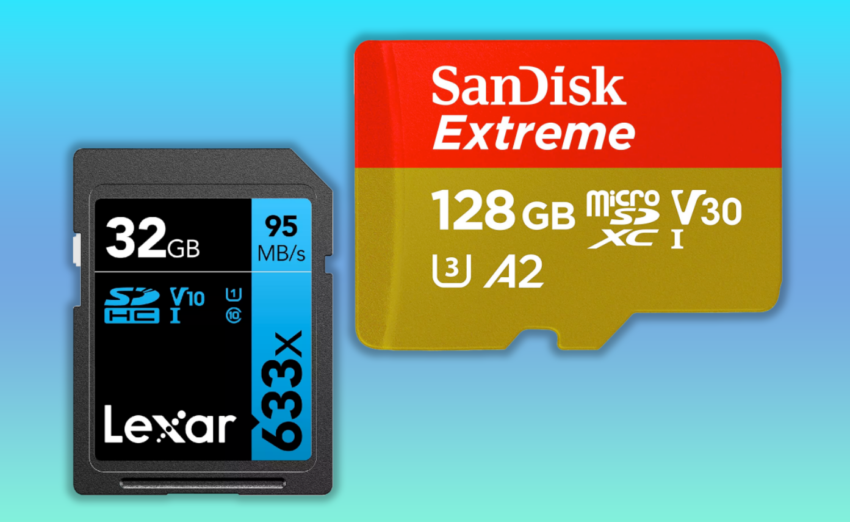Home / Features / Everything you need to know about SD cards
SD devices are defined, including all pertinent information.
SD cards are a modern marvel, able to store numerous gigabytes of data on a device the size of a fingernail.
In 1999, at the advent of history, a coalition of technology companies decided to take on Sony, which had launched its Memory Stick cards the previous year.
The finest smart plugs support Alexa, Google, and Siri.
Secure Digital card was the result of SanDisk, Panasonic, and Toshiba’s collaboration. Initially, SD cards were focused on intellectual property rights and had much smaller storage capacities. Today, SD cards are a quick and easy method to add 500 gigabytes of storage to a laptop.
Memory stick, which was a real product and not merely a synonym for USB flash drives, supported DRM on music files. It was a format exclusive to Sony. In contrast, SD – based on the existing, identically shaped but thinner MultiMediaCard (MMC) format – could be licensed to anyone who wished to manufacture cards, but standards were enforced to ensure brand compatibility.
Confused? We don’t hold it against you, but we’re here to tell you everything you need to know about SD cards.
What exactly is it?
In 2000, the first cards began to appear. They featured storage capacities of 32 or 64MB and data transit rates of 12.5MB/s. The Secure Digital Music Initiative’s proposed built-in DRM was absent, much to the dismay of the alliance and the record companies.
This consisted of digital watermarks that allowed only authorized devices to play the music. The SDMI forum collapsed in 2001, unable to develop the technology to its maximum potential.

What purpose do they serve?
Ironically, the failure of DRM may have contributed to the success of the SD card, which went on to become the industry standard removable memory card. Digital cameras, laptops, patrol cams, Chromebooks, Steam Decks, and Nintendo Switch consoles contain them.
In 2000, the utmost capacity of the original SD cards was 2GB, which seemed unfathomable for something the size of a postage stamp. The following format was SDHC, with a maximum capacity of 32GB, followed by SDXC for 2TB cards. The current king is SDUC, which offers 128TB cards; however, at the time of writing, you won’t find much beyond 2TB, which is still remarkable.

SD versus CFexpress: which is superior?
SD devices are also available in a variety of form factors. The standard card, with its rows of pins, write-protect switch, and rounded corner, is one of the most prevalent.
Another is the absurdly small and thin Micro SD card. The Mini SD format is a compromise between the two, but it has been primarily displaced by the Micro card. Using an adapter, small SD cards can be used in full-size SD card slots.
CFexpress is a format that appears frequently alongside SD on some digital cameras. Despite the similar nomenclature, this is entirely distinct from SD Express and has been around since 2017 or so. Data transfer rates on CFexpress cards can reach gigabits per second.

They are also quite costly. Except when capturing high-resolution video or desiring the quickest transfer rates for bragging rights, a fast SD card will suffice for most purposes.
What are the SD and CFexpress standards?
There are various SD card data transport speed standards. This increases from the standard 12.5MB/s to High Speed (25MB/s), UHS-I (up to 104MB/s), UHS-II (up to 312MB/s), UHS-III (up to 624MB/s), and Express (up to 985MB/s).
The expression of these standards becomes increasingly convoluted. Efforts to simplify the way information is written on Micro SD cards have only made matters worse.
Cards can be categorized by a multiple of the original CD-ROM transfer rate, a generic speed class, application and video speed classes, or by distinct classifications within the UHS level. In general, higher numbers are preferable.
Unless you’re recording high-resolution video, it’s not necessary to have the utmost fastest card. It is preferable to take a small step back in order to obtain a higher capacity or a lower price.
CFexpress cards are available in a variety of formats. Type A cards are physically smaller and transmit data more slowly, whereas Type B cards are physically thicker and transfer data more quickly.

Type B memory cards are compatible with the same receptacle as XQD memory cards found in high-end Nikon cameras. There is also the uncommon Type C. This is once again thicker and quicker, but it is a removable SSD format for computers only.
Can I accessorize it?
Password protection and encryption are additional features that can be embedded into an SD card. Adding network technologies such as Wi-Fi and NFC enables wireless access to the card. This enables the copying of files from a digital camera card while the card is still inside the camera.
In the past, SDIO (Secure Digital Input Output) was a common method for adding cameras, FM transmitters, and GPS to mobile devices. Integrated Wi-Fi and quick USB interfaces have rendered these technologies largely obsolete. Intel integrated a miniaturized CPU into the Intel Edison.
Particularly for Micro SD cards, the difficulty of labeling is a drawback of the cards. The card has a limited lifespan, particularly if it is continuously written on and erased. However, due to their low prices, wide compatibility, and large storage capacities, these small cards have become an industry standard.

